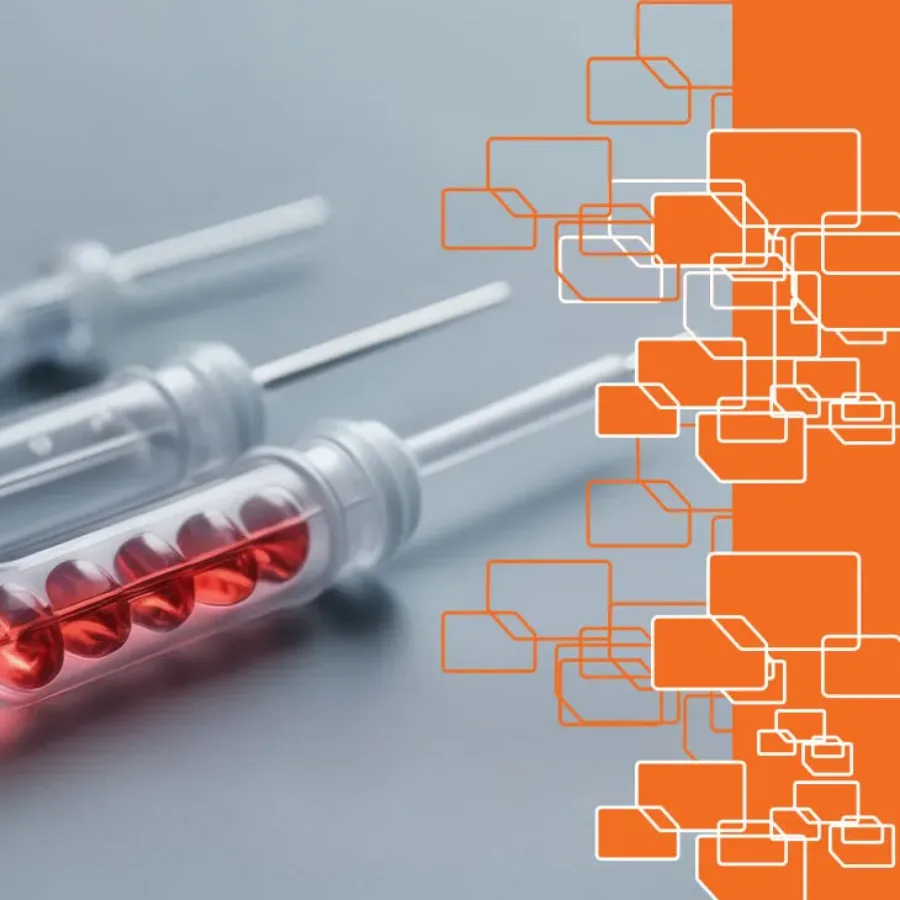 Blogs
Blogs
At KCAS Bio, we continuously seek ways to improve our processes with sound, logical, scientific, and business-related methods. One of these areas of evaluation has been sample preparation. We have improved various segments of bioanalysis (drying for unstable analytes, liquid handling, and plate-based assays for increased efficiency). We can also…
 April 16
- April 17
April 16
- April 17
Dive into the world of biotechnology at the German Biotechnology Days conference, where experts and innovators converge to explore cutting-edge research and technologies. This dynamic event features keynote speakers, workshops, and thematic sessions covering genomics, synthetic biology, regenerative medicine, and more. Attendees can network with industry leaders, discover investment opportunities,…
 Blogs
Blogs
Pioneers of RNA Medicine: The Collaborative Journey of Katalin Karikó and Drew Weissman The entire world benefited from their research in 2020. Despite facing skepticism, their collaborative efforts led to groundbreaking discoveries in RNA biology and immunology. They jointly received the Nobel Prize in Physiology or Medicine in 2023.
 Podcasts
Podcasts
CEO of KCAS Bio, John Bucksath, joins Dom and John for a special 75th episode of “The Weekly Bioanalysis” podcast, and he is absolutely delighted to use the special episode to talk about the recent rebrand of KCAS to KCAS Bio! Mr Bucksath and our hosts discuss the reason the…
 Blogs
Blogs
KCAS Bio SAS (Active Biomarkers SAS) based in Lyon France, a full-service bioanalytical and biomarkers solutions provider is very pleased and proud to share that it successfully opened a new Good Laboratory Practice (GLP) Test Facility to provide GLP-grade bioanalytical methods in the context of preclinical studies. Since November 2023,…
 Blogs
Blogs
As an emerging and growing application, spectral flow offers capabilities beyond what is possible with conventional flow. Its unique capabilities make it a powerful tool for researchers aiming to extract more information from each sample and push the boundaries of discovery. Join us in this post as we explore…
 Blogs
Blogs
In the scientific field, the often neglected fifth sense, the sense of smell, contributes to broadening our understanding of various phenomena, particularly in the field of biomarkers.Here, we will guide you along our lines of thought on the importance of our olfactory sense, and how it contributes to scientific exploration…
 May 15
- May 16
May 15
- May 16
Knowledge for Growth (KfG) is Europe’s premier life sciences conference, held annually in Antwerp, Belgium. This year’s edition celebrates the industry’s advancements with a hybrid format, catering to both in-person and virtual attendees. The program features captivating talks, scientific sessions on cutting-edge topics like gene editing and personalized medicine, and…
 May 4
- May 8
May 4
- May 8
CYTO 2024, hosted by the International Society for the Advancement of Cytometry (ISAC), is the premier annual congress dedicated to the science and engineering of cytometry. This prestigious event, scheduled for later this year, serves as a global platform for researchers, clinicians, and industry leaders to convene, share knowledge, and…
 April 22
- April 23
April 22
- April 23
Swiss Biotech Day is a premier European biotechnology conference that brings together industry professionals from all over the world. The 2024 event will be held on April 22nd and 23rd at the Congress Center Basel in Switzerland. The conference offers a variety of opportunities for attendees to learn about the…
 April 22
- April 24
April 22
- April 24
The European Immunogenicity Platform (EIP) is a central meeting place for scientists and biopharmaceutical companies in Europe. The goal of the EIP is to improve knowledge and expertise in immunogenicity. This is achieved through collaboration between scientists and industry experts. The EIP works with companies, institutes, and professionals involved in…
 April 9
- April 11
April 9
- April 11
The Cell & Gene Meeting on the Med is a premier European conference focusing on advanced therapy medicinal products (ATMPs). ATMPs are a revolutionary class of treatments that involve modifying a patient’s cells to fight disease. This conference unites researchers, developers, manufacturers, and other stakeholders from around the world who…